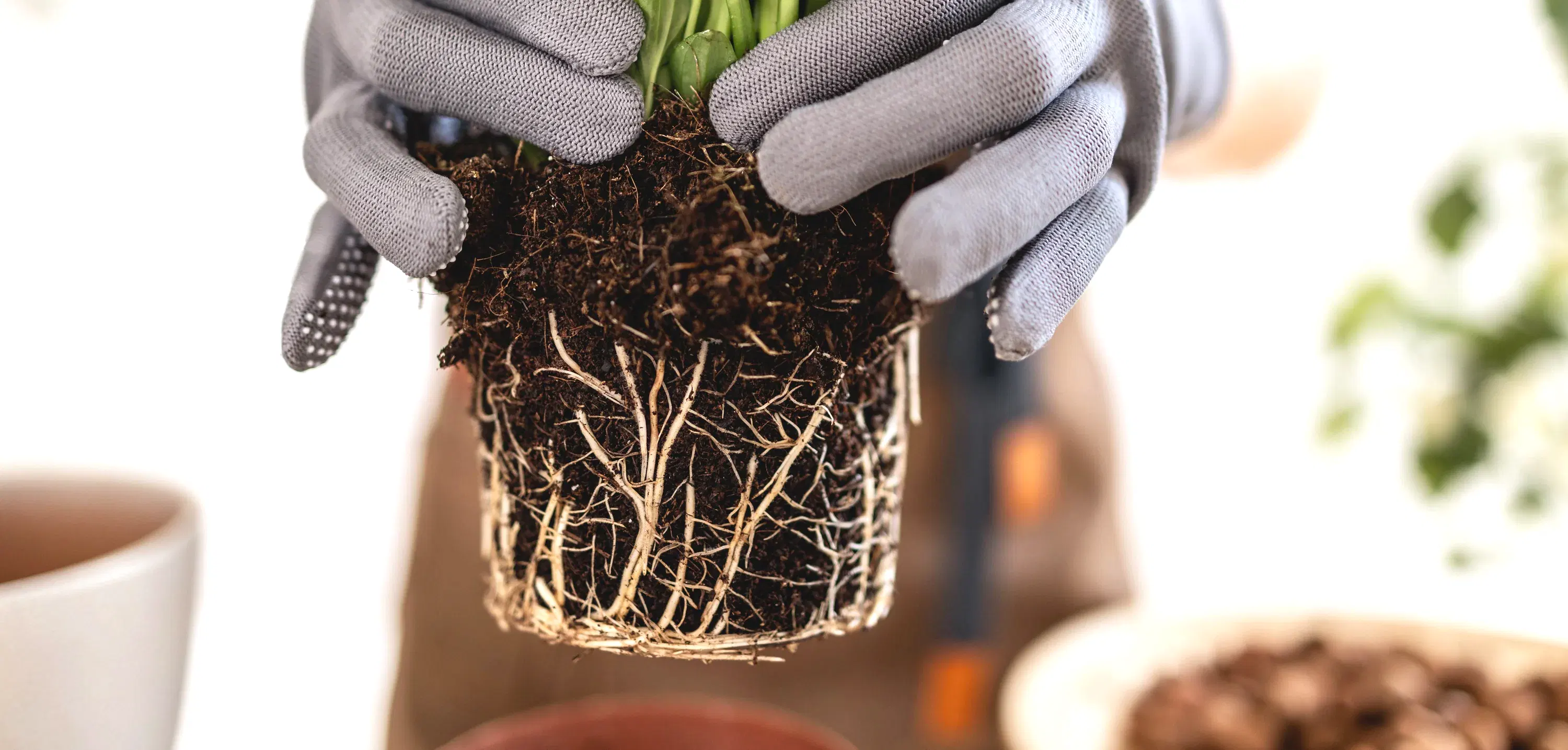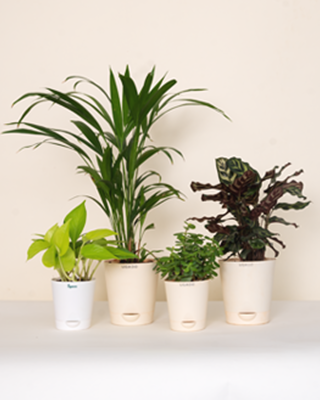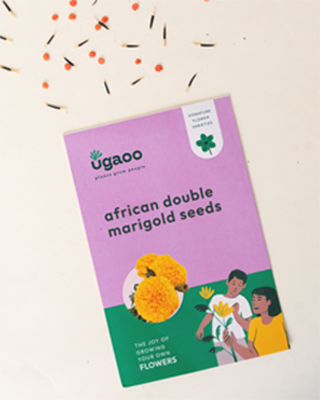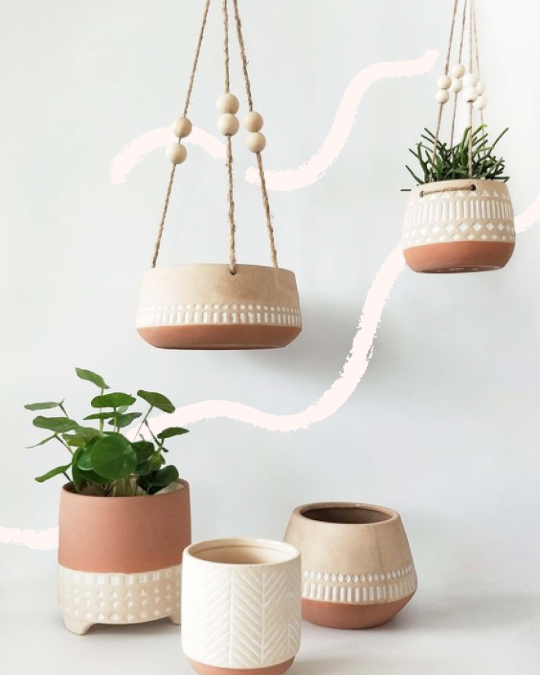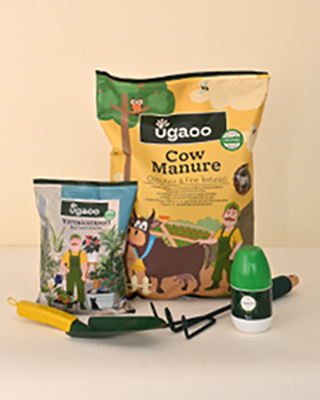Root rot is one of those sneaky plant problems that often shows up when it’s already too late. Mushy stems? Yellowing leaves? That’s your plant crying for help!
Scary, we know! But what if we told you that root rot is totally preventable with a few smart habits and a little plant parent know-how?
In this blog, we’re breaking down the easiest, most effective ways to stop root rot in plants before it starts—because prevention is always better than cure (and way less messy).
Let’s get into it!
• Understanding the Problem: What is Root Rot?

A plant issue caused by overwatering or poor drainage, root rot in plants is a more common issue than you'd think.
Did you know that healthy roots are supposed to be firm and white? However, the longer they sit in water and the soggier they get, they will begin to rot and turn mushy, becoming a brownish-black color.
The result? A weakened plant that struggles to take up water and nutrients. It’s basically your plant’s version of drowning—slow, silent, and often deadly if not caught in time.
But don’t worry, we’re here to stop it before it starts!
• How to Avoid Root Rot in Indoor Plants?
It may seem like a complicated, impossible task. But it's easy, really!
So, let's get into it and secure the future of your precious green babies.
1. Choose the right pots with proper drainage holes

No matter how cute that pot is, if it doesn’t have drainage holes, put it back! (Planters without drainage holes are alright because you can use a proper pot inside!)
Drainage is everything. Water needs an escape route, or else it’ll pool at the bottom and suffocate the roots.
Always go for pots with holes, and use saucers to catch excess water.
You may like our Sienna Terracotta Pots!
2. Use a well-draining potting mix

Your soil should be fluffy, light, and breathable—just like a good pillow for roots.
A mix with cocopeat, perlite, or sand helps drain excess water while holding enough moisture.
That's exactly what Ugaoo's Pot-O-Mix is! A perfect blend of 11 essential ingredients like the ones mentioned above and more, created to ensure perfect health for all your plants—from foliage plants and flowering plants, to succulents and cacti!
PSA: Avoid dense garden soil in small pots; it compacts easily and traps water, creating the perfect storm for root rot.
3. Don’t water on a schedule—check the soil first!

Plants don’t wear watches. Watering every Sunday might seem organized, but it can harm your plants.
Instead, poke your finger into the soil about an inch deep. If it feels dry, it’s time to water. If it’s moist, wait a few days. Trust your soil, not the calendar—that will help you avoid any root rot symptoms in the future!
For a more accurate reading of your soil moisture levels, Ugaoo's Sustee Watermeter will be a lifesaver!
This device has an indicator that tells you exactly when your plant needs water—blue for when it doesn't need any water and white for when it does!
4. Let your plants enjoy airflow and light

Stuffy, humid corners are a breeding ground for fungus and root rot. Place your indoor plants where there’s good airflow and bright, indirect light.
Proper light helps soil dry faster, and air circulation prevents excess moisture buildup.
Think of it as keeping your plants in a breezy spa!
5. Avoid oversized pots for small plants

It’s tempting to give your baby plant room to “grow into,” but too much soil can hold excess water the roots can’t use. This leads to dampness and decay.
Choose pots that are just a bit larger than the root ball—cozy is better when it comes to containers.
• Root Rot Symptoms to Look Out For: Know Thy Enemy!

Feel like root rot has already set in? Here are some symptoms that will help you determine whether your speculations are true or not.
• Yellowing leaves: A classic sign that roots aren’t absorbing nutrients properly.
• Wilting despite watering: If your plant looks thirsty but the soil is wet, root rot may be the culprit.
• Mushy or blackened stems near the base: That soft, squishy feeling is a (big) red flag.
• Foul, musty odor from soil: Healthy soil shouldn’t smell bad—this is the rot talking!
• Roots turning brown or slimy: Gently remove the plant to inspect; healthy roots are firm and white.
Even after taking great care, sometimes slip-ups happen, and some plants just develop root rot. Whether due to miscalculated watering or misunderstood plant requirements, it somehow just happens!
Head over to our blog on Root Rot Treatment to find answers to all your questions about reviving your plant!



